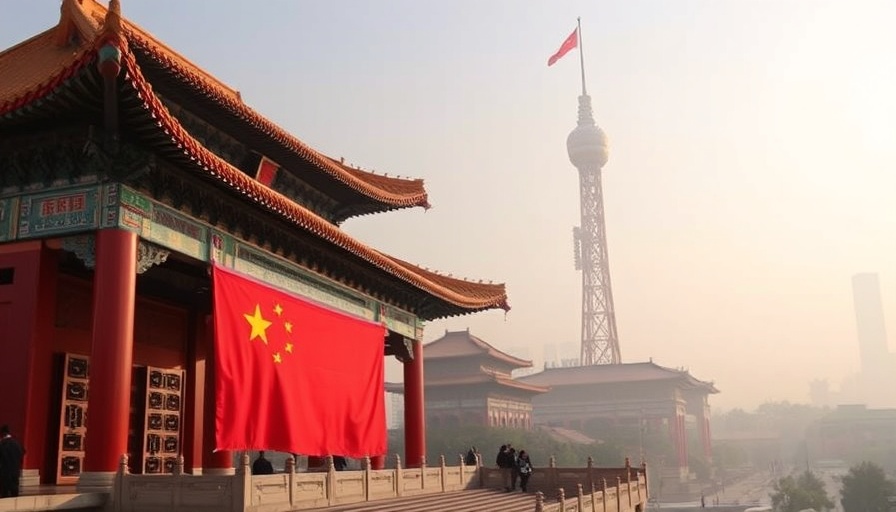
China's Standing Interest Rates: A Sign of Caution
The People's Bank of China (PBOC) recently decided to keep its loan prime rates unchanged, signaling a cautious approach amidst ongoing economic challenges. The one-year loan prime rate (LPR) remains at 3.6%, while the five-year rate, often used for mortgages, is set at 3.1%. This decision aligns with market expectations, indicating that the central bank may prefer fiscal stimulus and government-led measures rather than further monetary easing to bolster economic growth.
Understanding the Loan Prime Rate in Context
The LPR serves as a crucial benchmark for lending rates among the financial institutions in China. Determined by the PBOC based on the evaluations from a select group of commercial banks, it impacts various sectors including personal loans, business financing, and even real estate investments. With these rates at historic lows, the PBOC faces limited options for cuts in the future, prompting observers to speculate about the broader implications for China's economy.
Fiscal Measures: A New Strategy for Economic Growth?
While interest rate cuts have been a traditional tool for stimulating economic growth, China's current emphasis on fiscal stimulus indicates a shift in strategy. This could involve increased government spending on infrastructure and social projects, aiming for more immediate impacts that rates cannot provide on their own. As the government plans to channel funds towards these projects, the stock market may react positively, providing fresh opportunities for investments across various sectors.
What Investors Should Watch Moving Forward
For investors, understanding the implications of China's stable LPR is crucial. Keeping an eye on the fiscal policies, such as infrastructure development plans or subsidies for key industries, is important for anyone considering investments in China. Emerging markets, including China, can provide opportunities for those involved in global investment strategies, particularly in sectors like technology and healthcare.
Investment Strategies in a Volatile Market
The stability of the LPR in combination with potential government spending offers a mixed bag for investors. Real estate investing may become favorable again due to lower borrowing costs, while sectors linked to cultural and technological innovation could see growth if fiscal measures are adequately implemented. Furthermore, the significance of portfolio diversification cannot be overstated; investors will do well to balance their exposure to Chinese equities with other asset classes globally.
Final Thoughts on China's Economic Policy
As China navigates through its economic challenges, the recent decision to maintain the loan prime rate highlights a deliberate choice towards fiscal strategies over monetary easing. Investors need to stay informed and agile in responding to these developments, considering both opportunities and risks in their investment choices.
 Add Row
Add Row  Add
Add 



Write A Comment